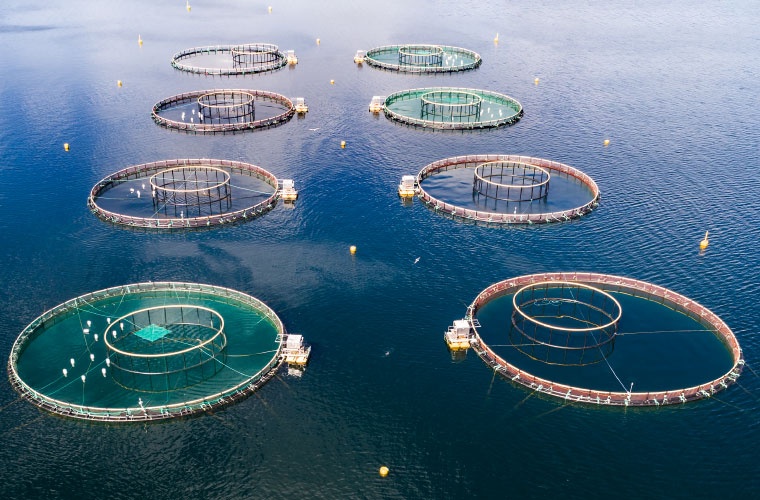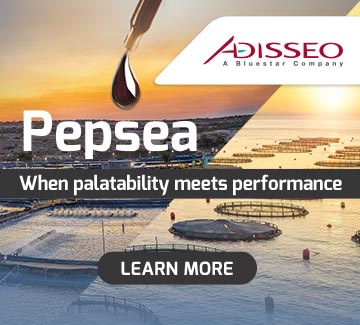
The Aquaculture Advisory Council and the Market Advisory Council have issued a join opinion on the 2025 Economic Report on the EU Aquaculture Sector, compiled by the Scientific, Technical and Economic Committee for Fisheries (STECF) - a key rference for policymakers and industry alike - with recommendations to improve data quality, transparency and the scope of future reports.
Published every two years, the STECF report offers a snapshot of production, economic value and competitiveness across the European Union. The two advisory councils argue, however, that the report must evolve if it is to serve as a truly accurate and useful tool for decision-making.
At the heart of their recommendations lies the issue of data quality. Member states are responsible for supplying the information on which the report is based, yet variations in collection methods undermine comparability and reliability. Both Councils therefore propose that access to EU funding – notably through the European Maritime, Fisheries and Aquaculture Fund (EMFAF) – should be conditional upon the timely delivery of valid data. They also suggest the creation of an online platform to allow annual updates of key figures, helping to reduce the current three-year lag between data collection and publication.
The Councils also stress the need to clarify the distinction between weight of sales and production. The former refers to what actually reaches the market, while the latter covers all output from farms, including volumes that never enter the supply chain. Confusing the two can lead to distorted perceptions of sector performance.
Another criticism concerns costs that are either absent or under-represented in the report. Losses due to predation – for instance by birds or marine mammals – or to temporary sanitary closures are rarely quantified, despite being significant burdens for many producers. Their omission, the councils argue, results in an incomplete picture of the sector’s economic reality.
Councils also question the terminology used. The report often to “seafood”, a label they believe fails to capture the diversity of European aquaculture, which includes freshwater production. They recommended replacing it with “fishery and aquaculture products” or “aquatic foods”, terms that better encompass fish, shellfish and algae.
They also call for a more balanced treatment of the different subsectors. While shellfish and algae benefit from specific protection, no such outlook is provided for marine finfish, which remains one of Europe’s largest segments. Creating a dedicated category for algae farming would also make it easier to track the sector’s growth and technological advances.
Beyond economics, the councils want to see the inclusion of environmental indicators – such as nutrient emissions per kilo of production – and measures of animal welfare, including mortality rates and veterinary treatments. They further urge STECF to recognize emerging production systems, including Recirculating Aquaculture Systems, designed to reuse water, Integrated Muti-Trophic Aquaculture, which combines different species to improve efficiency, co-cultures and organic aquaculture.
Looking ahead to 2027, while the 2025 report has now been released, the councils stress that its true impact will depend on whether their recommendations are taken on borad for the next edition. They note that earlier proposals on economic sustainability, submitted in 2023, were partly adopted, and they expect the European Commission, through DG Mare, to take further steps this time to strengthen both the reliability of the data and the scope of the analysis.
The Commission has yet to publish its formal response, but the industry will be watching closely. How the report evolves could shape future EU aquaculture policy and the allocation of funds vital to the sector’s development.


